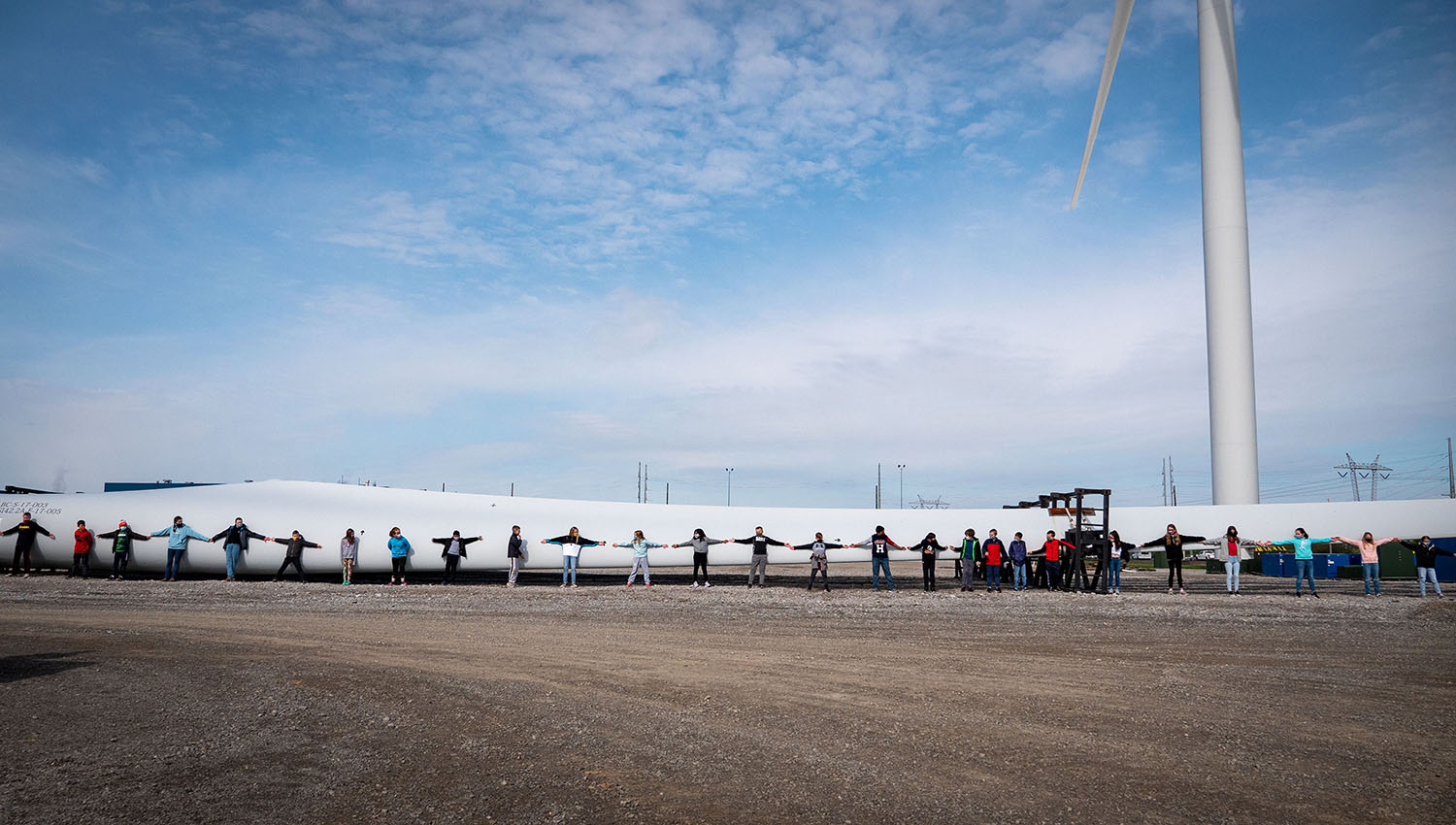Why is it so hard to ask for help? And even when help is offered unsolicited, why is it often so hard to accept?
I worked for years as a consultant, and I often wondered why companies waited until things were such a mess before calling in outside help. Much like an ounce of prevention is worth a pound of cure, bringing in assistance to prevent problems or to clean up small issues can take a whole lot less time and money than unsuccessfully trying to do it yourself.
In spite of the infinite number of times I’ve heard, “Why didn’t you ask for help?” I don’t think I’ve ever heard anyone ask, “Why did you ask for help?” Perhaps there aren’t many regrets from those who do request assistance.
Some people consider asking for help to be an admission of weakness, yet we live in a world where knowledge is increasing exponentially and people in all professions must become increasingly specialized in increasingly narrow fields. It is simply not possible to know “everything” – so why are some people so reluctant to ask for help, particularly when it comes to specialized skills and topics? The rapid pace of change in our world is so intense, it has even given rise to one of those super-specialized fields called, ironically, “change management.” Just a few decades ago, who would have thought people would specialize in managing change? Today, change management is a common topic of discussion on almost a daily basis!
I don’t think I have ever met anyone who has said that implementing change is easy. Whether you have an organization of ten or ten thousand, change is hard. Careful cultivation of consensus is an art form in and of itself. Even when all the stars align, when you have “the right people on the bus,” and everyone agrees on where the bus is going, change is invariably met with at least some inevitable resistance. Talented moderators and facilitators have spent decades learning and cultivating skills to bring organizations to at least some level of consensus and to help them navigate challenging times. They have become those narrowly specialized professionals.
In spite of the universally known challenge of change, I recently heard an entrepreneurial CEO say “Dictatorships don’t need facilitators.” That comment has really stuck with me. On the one hand, it’s a truism: if you are simply going to dictate all the rules, what’s the point in having anyone help you? If you “lead” a group of subservient, unempowered, or spellbound followers, does it matter how you deliver the message – or what the message even is? Isn’t it as simple as dictating the change? Won’t everyone just immediately embrace the modifications?
On the other hand, every fiber of my being tells me this is a falsehood – at best! Living in 21st-century America, struggling with the challenges of post-pandemic employee hiring and retention, can any entrepreneur afford to be a dictator? Even a very charismatic, brilliant, well-meaning dictator could probably benefit from the guidance of a professional outside moderator or facilitator, if only to help lull unsuspecting subjects into thinking they don’t work for a dictator!
Regardless of what you are trying to accomplish from your leadership position within your organization, I can most certainly guarantee that you are too close to be objective. In all but the rarest of circumstances, there is history between you and your organization that gets in the way of implementing change in the most effective and efficient way. Facilitation is unarguably a good thing – for companies and for individuals (even if they consider themselves dictators). Outside help can lessen time constraints and bring top-notch professional expertise and unbiased advice to the table, more effectively convincing naysayers. To be perfectly candid, if you think you can accomplish what an outsider with decades of specialized training and experience can, I would tell you that, based on my decades in the business world, you are wrong.
I have a tremendous amount of respect for leaders with enough self-awareness and the rare combination of humility and confidence to recognize when someone else can do the job better, faster, more efficiently – and are willing to ask for help. My own attempts to be that kind of leader have given me the opportunity to work with some incredibly talented consultants and facilitators over the course of my career, and I can’t begin to describe how much I’ve learned from them.
I don’t have the answer to why it can be difficult to ask for help, and I don’t think the reason is universal Personally, asking for assistance has become easier for me with each passing year, so perhaps age or experience is the key. But I would encourage other professionals to start early! Ask for help sooner and more often than you think you should. The value you will gain from the people you meet will accelerate your learning curve and make you a more effective leader earlier in your career. Also, no one will ask, “Why didn’t you ask for help?”
Dedicated to all the amazing moderators I’ve known over the years, but especially to Mo Fathelbab, one of the most talented facilitators with whom I’ve had the pleasure of working, starting at a pretty young age.
Anne Bain is the Head of Accounting at One Energy.
Learn more about Anne and the One Energy team.




























